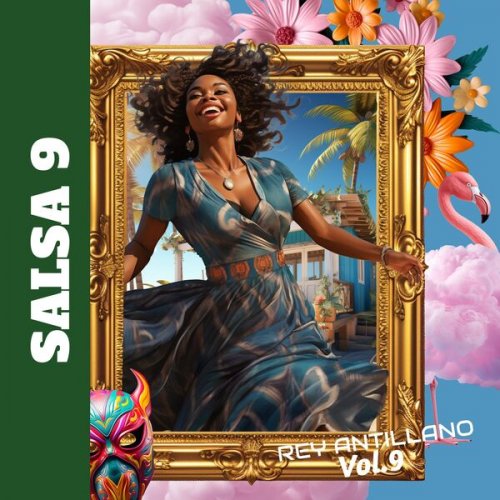Zim Ngqawana - Zimphonic Suites (2001)
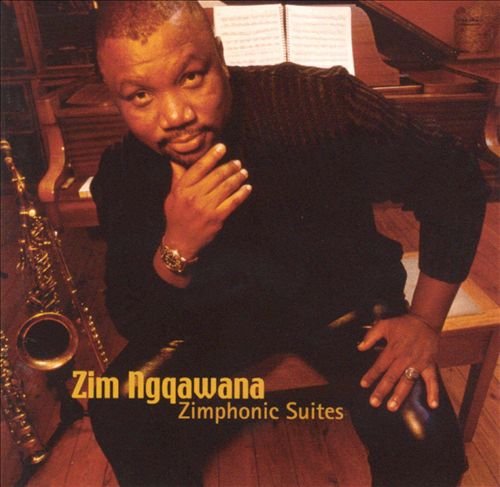
Artist: Zim Ngqawana
Title: Zimphonic Suites
Year Of Release: 2001
Label: Sheer Sound: SSCD 072
Genre: African Jazz
Quality: FLAC (tracks+.cue,log)
Total Time: 01:13:51
Total Size: 381 MB
WebSite: Album Preview
Tracklist:Title: Zimphonic Suites
Year Of Release: 2001
Label: Sheer Sound: SSCD 072
Genre: African Jazz
Quality: FLAC (tracks+.cue,log)
Total Time: 01:13:51
Total Size: 381 MB
WebSite: Album Preview
Ingoma Ya Kwantu
1 Invocation
2 Royal Drumming
3 Resolution
Intlombe Variations
4 Diviners Ceremony
5 Ebhofolo (This Madness)
6 Bantu (Rainbow Nation)
Abaphantsi (Ancestry Suite)
7 Sad Africa (A Country Without A Name)
8 Ode To Princess Magogo (Classical Composer)
9 Old Blues (Early Harmonic Devices)
10 Compassion
11 www.kwantunent.com (African Continent)
Ballroom Dance Suite
12 Man And Woman (Duality Of Life)
13 Man (A Dying Father Figure)
14 Two To Tangle (Challenges Of Life)
Celebrations
15 Chisa (Wedding Festivities)
16 Gobbliesation (In A Global Village)
17 Beautiful Love (It's All About Love)
Zim Ngqawana - soprano, alto, tenor saxophones, c-flute, piccolo flutes, harmonica, bicycle bells, chimes, whistles, vocals, piano on track 8, 10.
Andile Yenana - piano/vocals.
Herbie Tsoaeli - contrabass/vocals.
Kevin Gibson - drums/percussion.
The connection between South African music and jazz is stronger than generally acknowledged. Abdullah Ibrahim is the best-known veteran of the South African musicians who have found a natural affinity for jazz, infusing swing with his country's rhythmic folk styles. Similar cultural ties, and a couple of Ibrahim's compositions, are explored on saxophonist/multi-instrumentalist Zim Ngqawana's Zimphonic Suites (Sheer Sound). Ngqawana, who was born in 1959 and previously heard with Ingoma, is featured in a lean and poetic setting on this, the second album under his own name. Zimphonic Suites is a collection of soulful tunes culled into larger groupings, as in "Abaphantsi (Ancestry Suite)," "Intlombe Variations" and "Ballroom Dance Suite." Pianist Andile Yenana has a rolling, engaging touch that echoes Ibrahim's percussive style, and Ngqawana mixes up instrumental textures, switch-hitting from saxes and flutes to harmonica, vocals and, occasionally, bicycle bells. Sometimes celebratory, sometimes introspective and always with a cyclical rhythmic imperative, the album handily blurs stylistic boundaries.
By JAVIER AQ ORTIZ AAJ:
Zim Ngqawana: Zimphonic Suites
At 20 years of age, Zimasile Ngqawana, did not know how to play a flute, a saxophone or a piano. At 42, he is a well-rounded multi-instrumentalist with plenty of upper crust jazz education and exposure to renowned characters such as Max Roach, Wynton Marsalis, and Abdullah Ibrahim, as well as transcontinental tours. After a few previous successful albums, he is now a prominent and promising jazzist offering Zimphonic Suites to the public while reaping various accolades for this impressive recording.
The album is divided into five conceptual segments, providing 17 sections or arrangements that give Ngqawana and his cohorts plenty of room for their expansive, mature, intimate playing and sound. The collective description applies, of course, to the playing of each of the members of this quartet. This is truly a rare chance to experience one of the larger and wiser sounding small groups in the globalized jazz flora and fauna. You have to do a hearing double take in order to realize that the music in Zimphonic Suites is produced by only four people.
Ngqawana’s expressions are hearty, throaty, percussive (he has produced drumming endeavors), and playful, although with plenty of emotional content and, as all others in this ensemble, encyclopedic. His companions are very well known in South African jazz circles as they are in high demand for sessions and gigs. The piano playing of Yenana is deft and expressive through it all, with a high level of curiosity in his ideas and progressions. Tsoaeli can march his bass to any beat or off beat, without becoming a mere supportive cast member. Much of the largess of this album is anchored in his precision and gracefulness. Gibson is constantly engaged in a dynamic interplay between cymbals, drums and percussion that fills and talks with just the right phrases at just the right times with just the right touches achieving just the expected results.
While Ngqawana pays his respect to his ancestors, musical or otherwise, he is actively paving the way for eventually becoming a leading one himself. The 17 compositions, include a brief sample of a tribal divination gathering (4), a reworking of a Xhosa chant (5), as well as his own interpretation of material from Ibrahim (15, 17) and Piazzola (12). The rest is peppered within a kaleidoscopic framework that allows him to incorporate many of the mainstream influences and dialects of the jazz tradition, while dipping in other musical streams, without loosing the South African seasoning through it all.
Zimphonic Suites is a stimulating album that even in its most adventurous passages does not carry itself away in the kind of self-importance that often times mars vanguard efforts. Stimulations of this type only work well when they make you listen having fun while you are at it. If they get you to prance around, well, that is even better. The thoughtful fun in this one is assured, the prancing is up to you...
By JAVIER AQ ORTIZ AAJ:
Zim Ngqawana: Zimphonic Suites
At 20 years of age, Zimasile Ngqawana, did not know how to play a flute, a saxophone or a piano. At 42, he is a well-rounded multi-instrumentalist with plenty of upper crust jazz education and exposure to renowned characters such as Max Roach, Wynton Marsalis, and Abdullah Ibrahim, as well as transcontinental tours. After a few previous successful albums, he is now a prominent and promising jazzist offering Zimphonic Suites to the public while reaping various accolades for this impressive recording.
The album is divided into five conceptual segments, providing 17 sections or arrangements that give Ngqawana and his cohorts plenty of room for their expansive, mature, intimate playing and sound. The collective description applies, of course, to the playing of each of the members of this quartet. This is truly a rare chance to experience one of the larger and wiser sounding small groups in the globalized jazz flora and fauna. You have to do a hearing double take in order to realize that the music in Zimphonic Suites is produced by only four people.
Ngqawana’s expressions are hearty, throaty, percussive (he has produced drumming endeavors), and playful, although with plenty of emotional content and, as all others in this ensemble, encyclopedic. His companions are very well known in South African jazz circles as they are in high demand for sessions and gigs. The piano playing of Yenana is deft and expressive through it all, with a high level of curiosity in his ideas and progressions. Tsoaeli can march his bass to any beat or off beat, without becoming a mere supportive cast member. Much of the largess of this album is anchored in his precision and gracefulness. Gibson is constantly engaged in a dynamic interplay between cymbals, drums and percussion that fills and talks with just the right phrases at just the right times with just the right touches achieving just the expected results.
While Ngqawana pays his respect to his ancestors, musical or otherwise, he is actively paving the way for eventually becoming a leading one himself. The 17 compositions, include a brief sample of a tribal divination gathering (4), a reworking of a Xhosa chant (5), as well as his own interpretation of material from Ibrahim (15, 17) and Piazzola (12). The rest is peppered within a kaleidoscopic framework that allows him to incorporate many of the mainstream influences and dialects of the jazz tradition, while dipping in other musical streams, without loosing the South African seasoning through it all.
Zimphonic Suites is a stimulating album that even in its most adventurous passages does not carry itself away in the kind of self-importance that often times mars vanguard efforts. Stimulations of this type only work well when they make you listen having fun while you are at it. If they get you to prance around, well, that is even better. The thoughtful fun in this one is assured, the prancing is up to you...
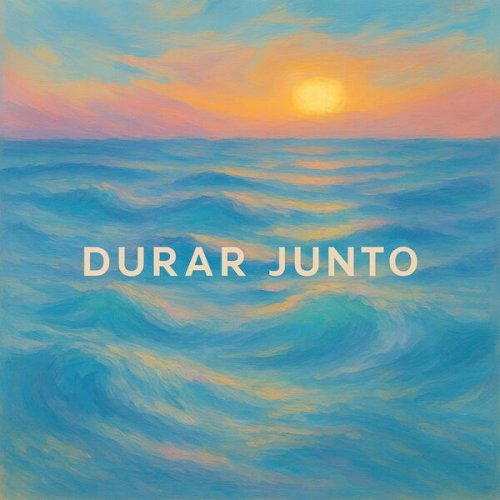

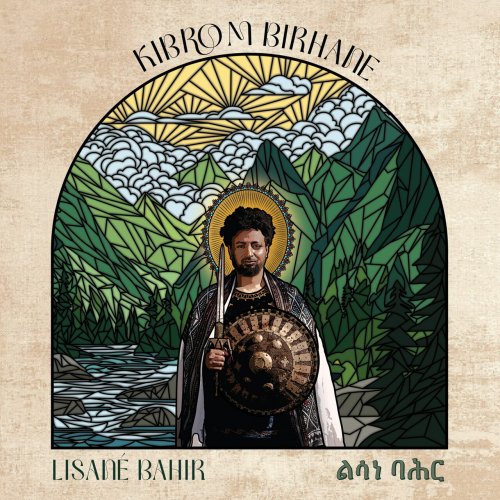
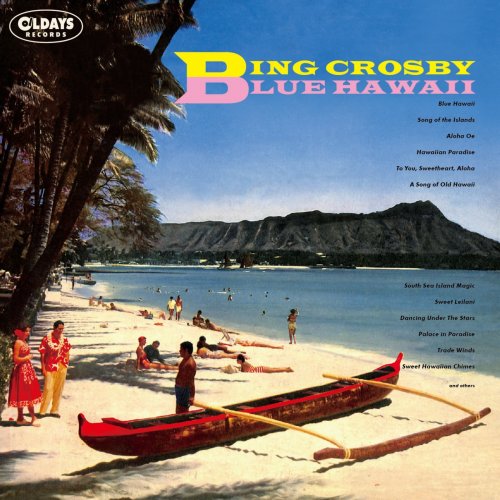

![Tomasz Stańko - Piece for Diana and Other Ballads (Polish Radio Sessions vol. 1/6) (2025) [Hi-Res] Tomasz Stańko - Piece for Diana and Other Ballads (Polish Radio Sessions vol. 1/6) (2025) [Hi-Res]](https://www.dibpic.com/uploads/posts/2025-12/1765788761_cover.jpg)

